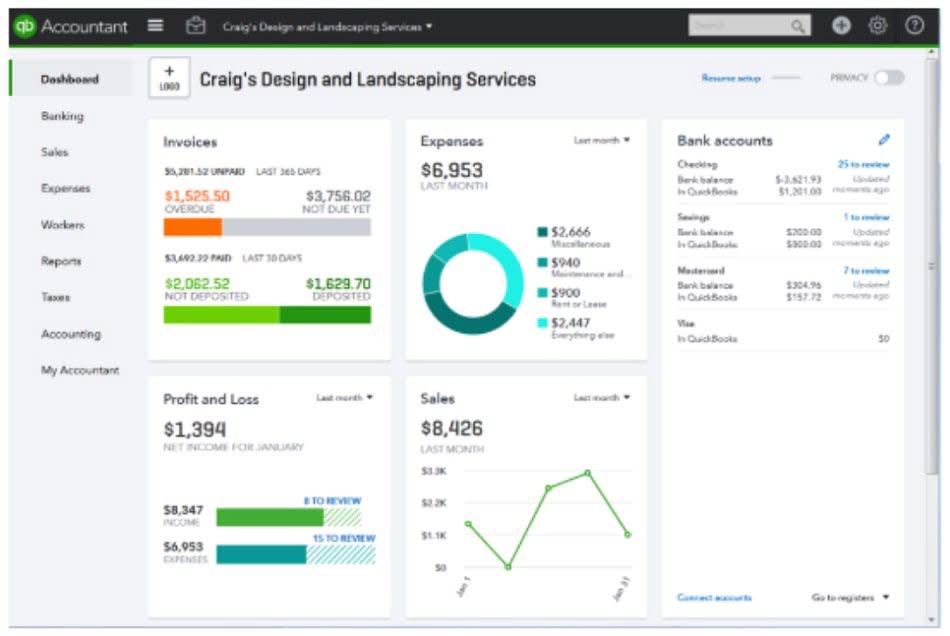
I gave up trying to support other web browsers because they seem to thumb their noses at widely accepted standards. Select the applicable overtime multiplier from the drop down menu. If your multiplier option is not available in the drop down list, select Other CARES Act and enter the multiplier. In addition, individuals who don’t work for an enterprise, but are engaged in interstate commerce or domestic service, may still be subject to the FLSA. Let’s take a look at what the overtime entitlements are in the U.S. and how they can vary by state…
Stay up to date on the latest payroll tips and training

Another example of where you get paid your regular wages but the time is not counted towards overtime is if you get paid for a holiday but do not work that day. In such a case, the time upon which the holiday pay is based does not count as hours worked for purposes of determining overtime because no work overtime of 18 was performed. Double overtime pay is like an extra reward for employees who put in additional hours or work on holidays (personal holidays or public holidays).
- According to the federal government, the overtime rate is required to be at least time and a half, or 50% more than an employee’s regular hourly wage.
- Overtime pay includes any additional hours worked beyond a standard work week.
- Check with your state to learn about the overtime laws you need to follow.
- These exemptions recognize the nature of specific roles and responsibilities within various employment contexts.
How does overtime pay work?
- If you would like the calculator to calculate your total overtime wages for a given number of overtime hours, enter the number of overtime hours.
- If no data record is selected, or you have no entries stored for this calculator, the line will display “None”.
- The agreed upon regular hours must be used if they are less than the legal maximum regular hours.
- This is often applied to specific situations, such as working on weekends or during late-night shifts.
- If the calculator is not working for you, this information will help me to find and fix the problem.
The overtime rate should be based on this total compensation, not just the base hourly wage. Organizations must track overtime hours accurately and maintain proper payroll records to comply with FLSA regulations. For example, if an employee’s hourly rate is $30, their time and a half rate would be $45 per hour. The FLSA requires employers to pay non-exempt employees time and a half for hours in excess of 40 hours in a workweek.

What is time and a half for $17 an hour?
Miscalculating overtime pay can result in costly penalties and damage employee trust and morale. In this scenario, the total pay for the employee’s overtime hours worked equals $225. In this scenario, the total pay for the employee’s overtime hours worked equals $330.
Time and a half is a calculation that provides eligible employees 1.5 times their regular hourly wage for every hour beyond the standard work schedule. It ensures fair compensation for extra effort, calculated using the employee’s regular wage rate with specific multipliers based on the type of day and whether the work occurs during a night shift. In many cases, salaried employees are exempt from overtime, but there are exceptions based on job role, salary level, and working hours. Tracking your employees’ overtime compensation can help you estimate total overtime pay and how often employees work beyond their regular hours.
How to calculate time and a half for salary employees with fixed hours
If your employer owes you overtime pay, a Department of Labor office in Nebraska will work with you to ensure you receive your fair wages for all hours worked. Because of the nature of the work environment and working hours required by certain careers, there are a wide variety of specific exemptions to Nebraska overtime eligibility. Out of an estimated 120 million workers in America, almost 50 million are exempt from overtime law. Time and a half is a common overtime rate where employees are paid 1.5 times their regular hourly rate for overtime hours. Now that you know how to calculate overtime pay for a regular hourly wage, let’s calculate time and a half for an employee who makes an hourly wage of $22. Imagine that this employee worked 10 overtime hours during a 40-hour work week.


Accurate timekeeping is important for correct overtime calculations and timely payment. Employers must maintain records of hours worked for all non-exempt employees. Employees should also keep their own records to verify pay accuracy. Our team of HR and payroll specialists can guide you through compliance and help you set up accurate, state-specific overtime policies. If you are paid by the hour, you can calculate your double pay by multiplying your hourly rate by 2. Overtime pay is the extra money you earn for https://zeepaard.com/2023/05/13/tax-withholding-estimator-internal-revenue-service/ working beyond your regularly scheduled working hours.
- If the calculator didn’t work at all, please try downloading the latest version of Google Chrome or Firefox.
- Healthcare workers, especially nurses, can earn significant annual overtime pay.
- For example, California requires that employers pay time and a half if nonexempt employees work more than eight hours in a workday.
- In the case of an appeal by the employer, DLSE may represent an employee who is financially unable to afford counsel in the court proceeding.
- Time and a half is overtime compensation paid to certain employees who work overtime hours, typically hours beyond 40 in a workweek.
- They do not have to meet salary exemption requirements to be exempt.
Hourly employee time and a half example
8 x $30 gives us $240, so we add that to Steve’s base pay of $800. In 2008, close to 200,000 employees sucessfully received a total of $140,200,000 (140.2 million dollars) in overtime and minimum wage backwages from their employers as a result of filing an FLSA violation claim. For work performed on regular holidays employees receive double their basic rate (200%) and are entitled to 30% more of their existing hourly rate. Multiply the hourly rate by 40 to get the employee’s total regular wages.

Leave a Reply